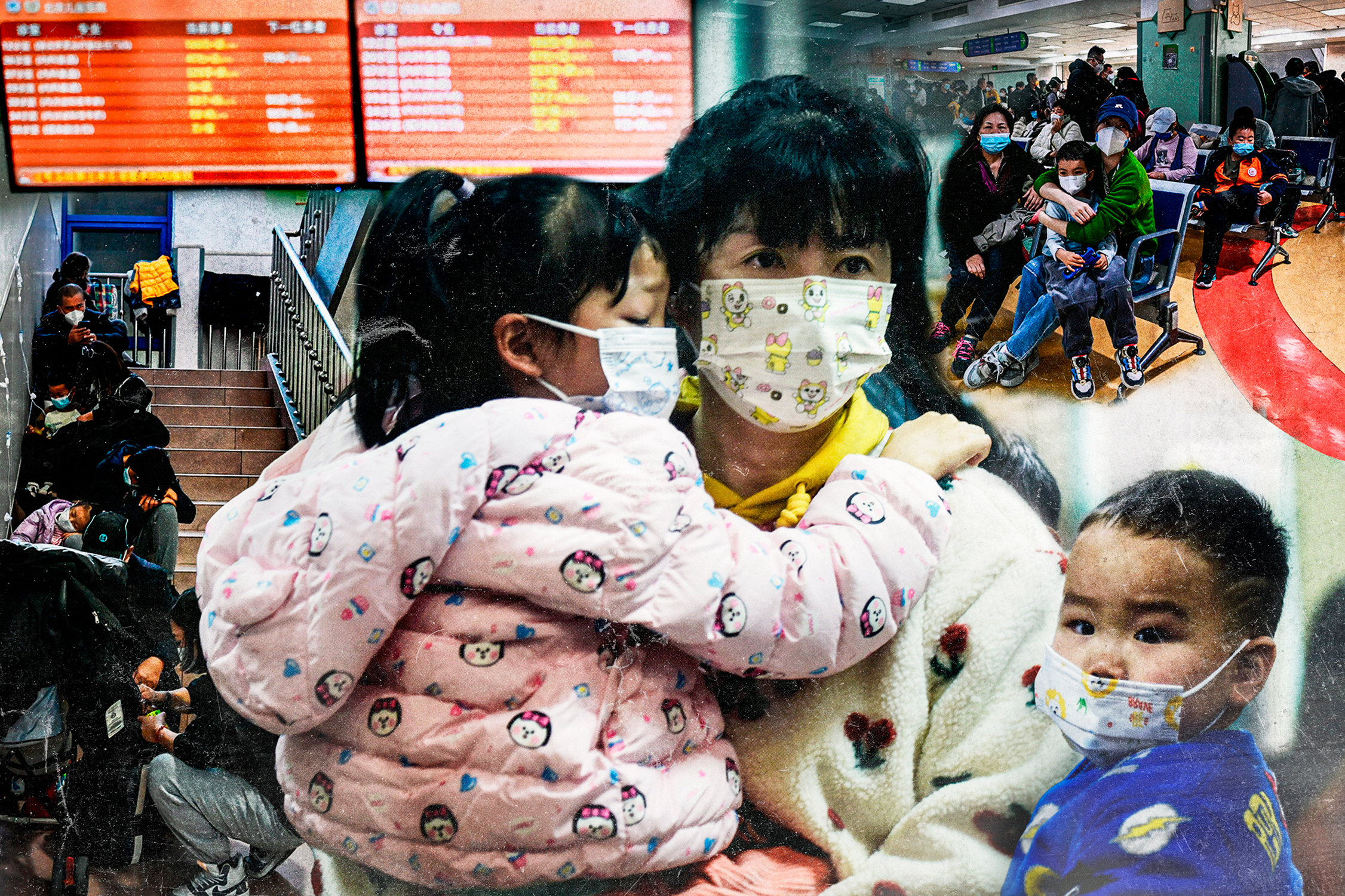The sense of helplessness that has gripped the Chinese people on and off since the start of the COVID-19 pandemic three years ago is again returning as the country grapples with an unidentified pneumonia outbreak that’s infecting children and overwhelming hospitals.
In strollers or carried by their parents, sick children have been filling hospital waiting rooms and hallways and spilling outside the main gates. They wait for hours hoping for their number to be called on the loudspeaker before the day is over.










